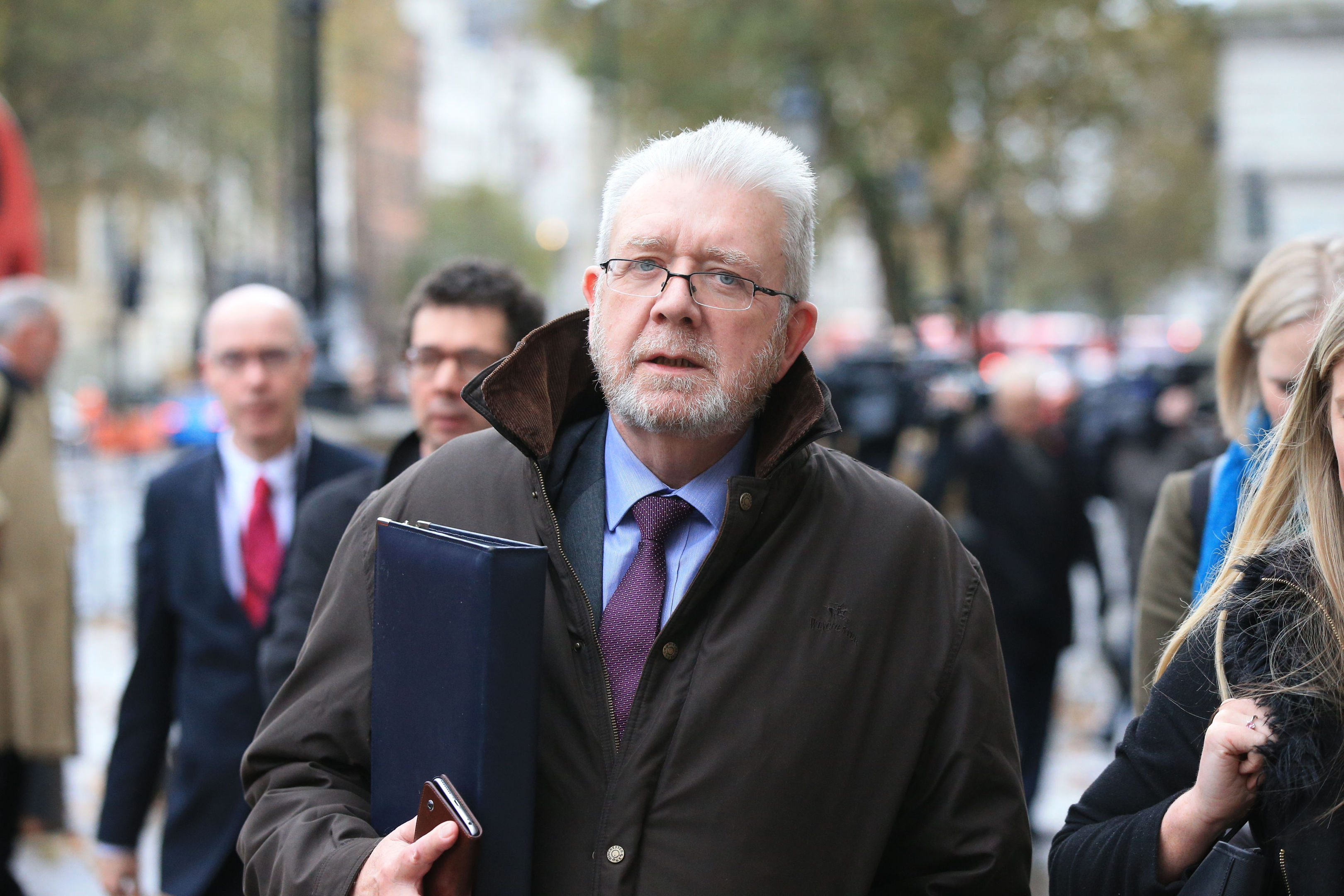Farming industry leaders have been warned not to forget the importance of rural livelihoods when they consider new frameworks to replace the Common Agricultural Policy.
At the end of an Edinburgh seminar outlining policy options post-2019, the Scottish Government’s Brexit Minister, Mike Russell, told leaders to “go on imagining the possibilities”, but focus on people’s livelihoods.
Mr Russell also urged academics and representatives of key farming, forestry and environmental organisations to remember that the debate should be about an entire rural policy , not just agricultural priorities. And he flagged up the need to consider trade issues and why regulatory systems exist.
The Minister’s contribution came at the end of a session at Scotland’s Rural College (SRUC) seminar which had been dominated by warnings from senior agricultural economists and consultants about the complexity of unpicking EU regulations and formulating a new replacement policy for the food and farming industry.
SRUC’s senior agricultural economist, Steven Thomson warned that any new agricultural budget would have to be justified to taxpayers and an often sceptical press.
“Currently it’s easy to just say it’s a European decision, they decide where the money goes,” he said.
“There is a good case to be made but any farmers still regarding their payments as a right should think again. They should be looking hard at their business, paying attention to the messages and considering the options.”
Mr Thomson also urged Scottish farmers to think seriously about what life will be like without the support of the French who were largely responsible for safeguarding the current CAP budget.
“The UK position was to slash the budget and we have to acknowledge that,” he said.
Kev Bevan, a senior business analyst with SAC Consulting, said many conversations that farmers were having about alternative Scottish or UK payment regimes failed to take account of possible new trading rules.
“Whether it is soft Brexit or hard Brexit we will still need to comply with EU rules to access EU markets,” he said.
“A hard Brexit and membership of the World Trade Organisation (WTO) promises heavy tariffs on grain and meat exports to the EU. The WTO also has rigid rules against payments to producers that are coupled to production.”
Policy specialist Andrew Moxey of Pareto Consulting suggested that rather than direct support through farm payments, the money could fund capital expenditure grants for diversification and business restructuring, advice and research. He added that specially designed tax regimes and other measures could help address risk management issues.
nnicolson@thecourier.co.uk










